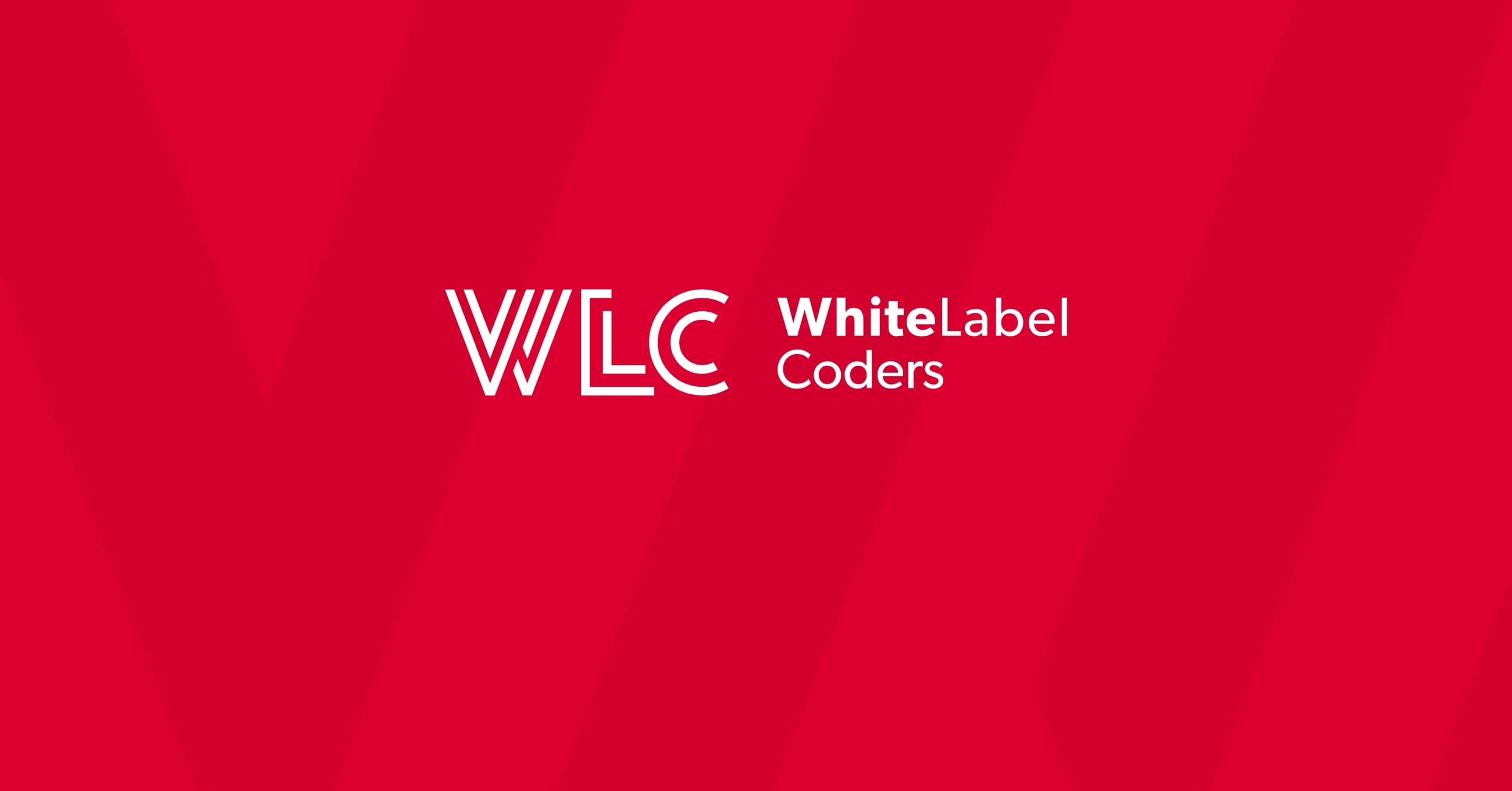Category: WooCommerce
Is there anything better than WooCommerce?

What is WooCommerce? Understanding the fundamentals
WooCommerce is an open-source e-commerce plugin designed specifically for WordPress websites. Since its introduction in 2011, it has grown to become one of the most popular e-commerce solutions globally, powering approximately 21% of online stores. At its core, WooCommerce transforms a standard WordPress website into a fully functional online store, combining the content management capabilities of WordPress with robust e-commerce functionality.
The platform integrates seamlessly with the WordPress ecosystem, allowing store owners to leverage thousands of themes and plugins to customize their online shops. WooCommerce’s core features include inventory management, secure payment gateways, shipping options, and tax settings—all essential components for WooCommerce development and operation. Unlike many competitors, WooCommerce offers unlimited products, orders, and users without additional licensing fees.
In the competitive e-commerce market, WooCommerce positions itself as a flexible, cost-effective solution. Its open-source nature means businesses maintain complete control over their store’s data and functionality. This self-hosted approach contrasts with SaaS platforms like Shopify, where businesses essentially rent their store infrastructure. Understanding these fundamentals provides crucial context when evaluating whether WooCommerce is the right fit for your specific business needs or if alternatives might better serve your goals.
Why consider alternatives to WooCommerce?
Despite WooCommerce’s popularity and extensive capabilities, several scenarios might warrant exploring alternative platforms. Performance and scalability concerns often top the list, particularly for high-traffic stores or businesses with extensive product catalogues. As your store grows, WooCommerce may require increasingly sophisticated hosting solutions and optimization techniques to maintain acceptable loading speeds and handle traffic spikes.
Maintenance requirements represent another significant consideration. Running a WooCommerce store entails regular updates to the core WordPress installation, the WooCommerce plugin itself, and any additional plugins. These updates can occasionally conflict, potentially causing downtime or requiring technical intervention. For businesses without dedicated IT resources, this ongoing maintenance can become burdensome and distract from core business activities.
The best e-commerce platform isn’t necessarily the most popular one—it’s the one that aligns perfectly with your specific business model, technical capabilities, and growth trajectory.
Specific business scenarios may also make alternatives more attractive. For instance, businesses requiring sophisticated B2B functionality, companies with multiple storefronts operating in different regions, or enterprises needing seamless integration with complex ERP systems might find WooCommerce’s approach less ideal than purpose-built alternatives. Additionally, businesses prioritizing rapid deployment with minimal technical configuration may prefer the streamlined setup process offered by hosted solutions, despite potentially higher long-term costs.
How to evaluate e-commerce platforms: A comparison framework
When assessing which e-commerce platform best suits your business, a structured evaluation framework ensures you consider all critical factors rather than being swayed by marketing claims or surface-level features. Begin with a thorough assessment of your business requirements—considering not just current needs but anticipated growth over the next 2-3 years. Document specific functionality requirements, integration needs with existing systems, and any industry-specific features essential to your operations.
Technical considerations form the next evaluation layer. These include hosting requirements, security standards, performance expectations, and technical expertise needed for implementation and maintenance. For instance, self-hosted platforms like WooCommerce offer greater control but require more technical oversight, while SaaS solutions handle much of the technical burden but may limit customization options. Cost structures should be analyzed comprehensively, looking beyond initial setup fees to include ongoing expenses such as hosting, transaction fees, maintenance, and extension costs.
| Evaluation Criteria | Questions to Consider |
|---|---|
| Business Model Fit | Does the platform support your specific business model (B2B, B2C, subscription, digital products)? |
| Scalability | Can the platform grow with your business without requiring migration? |
| Total Cost of Ownership | What are the cumulative costs over 3-5 years, including all fees and maintenance? |
| Technical Resources | Do you have the expertise in-house, or will you need external support? |
| Customization Needs | How much unique functionality does your business require? |
Long-term scalability assessment is crucial for avoiding costly platform migrations as your business grows. Evaluate how each platform handles increasing product catalogues, higher traffic volumes, and expanding to new geographic markets. Consider whether the platform can accommodate additional sales channels, more complex pricing models, or enhanced customer relationship management as your business evolves. This methodical approach ensures your e-commerce platform decision supports both immediate needs and future business objectives.
Shopify vs WooCommerce: Key differences for business owners
The Shopify versus WooCommerce comparison represents a fundamental contrast in e-commerce philosophy. Shopify follows a software-as-a-service (SaaS) model, providing a comprehensive, managed solution where hosting, security, and platform maintenance are handled for you. WooCommerce, conversely, is an open-source plugin for WordPress that gives you complete control—and responsibility—over your store’s infrastructure and management.
The pricing models differ significantly. Shopify charges monthly subscription fees ranging from approximately £29 to £299 for standard plans, plus transaction fees for payments processed outside Shopify Payments. WooCommerce is free to install, but costs accumulate through hosting (£5-£100+ monthly), premium themes (£0-£200), essential plugins (£0-£300+ annually), and potentially development assistance. For smaller stores, Shopify often represents a higher initial cost but includes essential services. As stores grow, WooCommerce may become more cost-effective despite requiring more technical management.
Customization capabilities create another stark difference. WooCommerce offers virtually unlimited customization potential with access to the underlying code, thousands of plugins, and the ability to create bespoke functionality. This flexibility serves unique business models particularly well. Shopify provides extensive but ultimately bounded customization through its app store and theme ecosystem, with certain core functionalities remaining fixed. For standard e-commerce operations, Shopify’s limitations rarely pose problems, but unique business models may find them restrictive. Maintenance requirements also diverge significantly—Shopify handles platform updates, security patches, and hosting management, while WooCommerce store owners must manage these aspects independently or engage maintenance specialists to ensure smooth operation.
Magento: A robust alternative for enterprise-level commerce
Magento (now Adobe Commerce) stands as a powerful alternative to WooCommerce, particularly for larger businesses with complex requirements. Originally developed as an open-source platform, Magento offers both community (open source) and enterprise (commercial) editions. Its architecture is specifically designed for enterprise-level demands, handling extensive product catalogues, high traffic volumes, and sophisticated business rules with greater native capability than WooCommerce typically provides without significant customization.
For businesses with B2B requirements, Magento offers superior built-in functionality. This includes company accounts with multiple buyers, custom catalogues and pricing per company, quote management, requisition lists, and complex permission structures. Similarly, Magento’s multistore capabilities allow businesses to manage multiple brands, regions, or customer segments from a single admin interface—maintaining separate storefronts with shared inventory, customer data, and order processing. This centralized management reduces administrative overhead for complex retail operations.
However, Magento’s robust capabilities come with increased complexity and resource requirements. Implementation typically requires specialized developers, and hosting needs are more demanding than WooCommerce. The platform is best suited for scenarios where business requirements justify this complexity—typically mid-market to enterprise businesses with annual online revenue exceeding £1 million, complex product offerings, or sophisticated operational needs. While smaller businesses can utilize Magento Open Source, they often find the resource requirements disproportionate to their needs. For growing businesses approaching these thresholds, however, Magento provides a scalable foundation that can accommodate substantial business growth without needing replatforming.
BigCommerce and its advantages over WooCommerce
BigCommerce positions itself as a robust, dedicated e-commerce solution that bridges the gap between the flexibility of self-hosted platforms like WooCommerce and the convenience of fully-managed solutions. As a SaaS platform specializing exclusively in e-commerce, BigCommerce offers numerous built-in features that would require additional plugins in WooCommerce. These include abandoned cart recovery, professional reporting tools, product filtering, and multi-currency support—all available out-of-the-box.
The performance benefits of BigCommerce are substantial. Since it’s purpose-built for e-commerce and hosted on optimized infrastructure, stores typically experience faster loading times and better reliability, particularly during traffic spikes. This translates to improved customer experience and potentially higher conversion rates. BigCommerce’s infrastructure handles over 99.99% uptime and includes enterprise-grade security, removing these concerns from the merchant’s responsibility list.
Maintenance advantages represent another compelling benefit. While WooCommerce requires regular updates to the core, themes, and plugins—each potentially introducing compatibility issues—BigCommerce handles platform maintenance entirely. This includes security patches, feature updates, and performance optimization. For businesses without dedicated technical staff, this significantly reduces the operational overhead of maintaining an online store. Additionally, BigCommerce’s API-first approach enables headless commerce implementations without sacrificing the platform’s core benefits, offering a middle ground for businesses wanting both the reliability of a managed service and the flexibility of custom frontend experiences.
Headless commerce: Is it better than traditional WooCommerce?
Headless commerce represents a fundamentally different architectural approach to e-commerce. Unlike traditional WooCommerce, where the frontend presentation layer and backend commerce functionality are tightly coupled, headless commerce decouples these components. The backend systems (product management, checkout, payment processing) function as a separate service from the frontend user experience, communicating via APIs. This architecture allows businesses to create custom frontend experiences using any technology while leveraging robust commerce functionality on the backend.
The performance benefits of this approach can be substantial. Headless storefronts are typically built using modern JavaScript frameworks like React, Vue, or Next.js, which can deliver significantly faster page loads and more responsive user interactions compared to traditional WordPress-based WooCommerce stores. These performance improvements often translate to higher conversion rates, particularly on mobile devices where performance sensitivity is high. Additionally, the decoupled architecture means frontend changes don’t risk disrupting critical backend functionality, enhancing overall site stability.
Omnichannel capabilities represent another compelling advantage of headless commerce. Since the commerce functionality is accessed through APIs, the same backend can simultaneously power websites, mobile apps, social commerce, IoT devices, and even in-store kiosks—all with experiences optimized for each channel. This “build once, use anywhere” approach allows businesses to expand to new channels without duplicating commerce infrastructure. For businesses with ambitions beyond traditional web storefronts, headless commerce provides strategic flexibility that traditional WooCommerce implementations struggle to match efficiently. However, this advanced approach typically requires more specialized development resources and often involves higher initial implementation costs, making it most suitable for businesses with specific performance requirements or omnichannel strategies.
Custom e-commerce development: When bespoke solutions outperform WooCommerce
Custom e-commerce development—building a tailored platform from the ground up—represents the ultimate alternative to off-the-shelf solutions like WooCommerce. While significantly more resource-intensive, custom development can provide strategic advantages in specific scenarios. Businesses with truly unique operational models that don’t align with standard e-commerce patterns often find that the cost of forcing their processes into existing platforms eventually exceeds the investment required for custom development.
Unique functional requirements that fall outside standard e-commerce workflows present compelling cases for custom development. For example, businesses with complex configuration requirements, unique inventory models, or specialized pricing structures may find that even extensively customized WooCommerce solutions introduce compromises and maintenance challenges. Similarly, businesses requiring deep, bidirectional integration with proprietary systems—such as custom ERPs, specialized fulfillment operations, or industry-specific software—often achieve more reliable, efficient integration through custom development rather than adapting existing platforms.
Performance optimization represents another scenario where custom solutions excel. For businesses where milliseconds of load time translate directly to revenue—such as high-volume flash sales, real-time marketplaces, or auction platforms—custom-developed solutions can be architected specifically for these performance requirements from the foundation. This approach eliminates the performance compromises inherent in general-purpose platforms like WooCommerce. However, custom development demands careful consideration of long-term support, ongoing development needs, and total cost of ownership. The initial development represents just a fraction of the lifetime cost of a custom platform, making this approach best suited for businesses with clear, unique requirements and the resources to support ongoing platform evolution.
How to migrate from WooCommerce to another platform
Migrating from WooCommerce to an alternative platform requires methodical planning to minimize disruption and preserve business continuity. Begin with a comprehensive migration methodology that outlines the entire process from initial data assessment through post-migration validation. Document your current WooCommerce configuration including all extensions, custom functionality, payment gateways, and shipping methods. This documentation serves as a requirements checklist for your new platform, ensuring no critical functionality is overlooked during migration.
Data transfer considerations form the core technical challenge of migration. Most e-commerce platforms offer tools to import product data, but customer accounts, order history, and custom attributes often require additional handling. Consider whether a phased migration approach—moving products first, followed by orders and customers—might reduce risk. Develop a detailed data mapping document that shows exactly how each field in WooCommerce will translate to the new platform, paying special attention to custom fields, product variations, and category structures. Testing this data migration in a staging environment before touching your production store is essential for identifying potential issues.
SEO preservation during migration is critical to maintaining your store’s visibility and traffic. Implement a comprehensive URL redirect strategy that maps all WooCommerce URLs to their corresponding locations on the new platform. This includes product pages, category pages, content pages, and any other indexed URLs. Preserve product descriptions, meta titles, meta descriptions, and other SEO elements during the transfer process. Monitor your search rankings closely after migration and be prepared to make adjustments if you notice significant changes. The role of continuous monitoring extends beyond SEO to overall store performance, ensuring that the migration achieves its intended benefits without introducing new challenges.
Making the final decision: Is there truly something better than WooCommerce for you?
Determining whether to migrate from WooCommerce requires honest assessment of your specific business context rather than generalizations about platform capabilities. Begin by clearly articulating your business goals for the next 2-5 years. Are you focused on international expansion? Reducing operational costs? Improving site performance? Each goal may point toward different platform strengths. Evaluate how well WooCommerce currently supports these goals and where it creates friction or limitations.
Technical requirements should be matched against your available resources. Consider not just the capabilities of each platform but also your team’s expertise and capacity to implement and maintain it. A technically superior solution that your team cannot effectively manage may ultimately deliver less business value than a simpler platform that enables greater self-sufficiency. Similarly, evaluate resource availability realistically, including budget, timeline, and personnel. Even the most promising alternative will fail to deliver value if implementation exceeds available resources.
| Business Type | Potential Better Alternative | Primary Advantage |
|---|---|---|
| High-volume retailer | Magento/Adobe Commerce | Superior performance at scale |
| Non-technical small business | Shopify | Simplified management |
| Content-focused business | WooCommerce (stay) | Superior CMS integration |
| Omnichannel strategy | Headless commerce | Channel flexibility |
| Unique business model | Custom development | Tailored functionality |
Growth projections should heavily influence your platform decision. Platforms that seem equivalent for your current scale may diverge significantly in suitability as you grow. Consider not just increased traffic and order volume, but also operational complexity like additional sales channels, more complex fulfillment, or expansion to new markets. Ultimately, the “better than WooCommerce” question has no universal answer—only a contextual one based on your specific business needs, resources, and trajectory. The truly superior platform is the one that best enables your particular business strategy while operating within your resource constraints.

